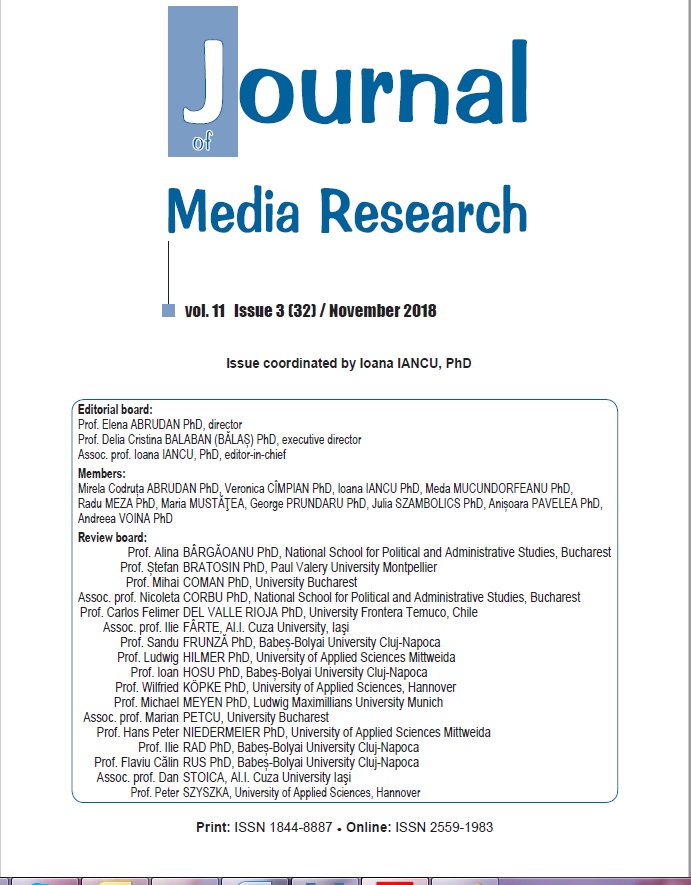Fake News and the Third-Person Effect: They are More Influenced than Me and You
Fake News and the Third-Person Effect: They are More Influenced than Me and You
Author(s): Oana Ștefăniță, Nicoleta Corbu, Dana Raluca ButuroiuSubject(s): Media studies
Published by: Accent Publisher
Keywords: Digital disinformation; Fake news; Third-person effect; Predictors of third-person effect.
Summary/Abstract: Recent research efforts have been invested into undermining the effects of digital disinformation, both on a personal and on a societal level. However, because of the complexity of the phenomena, the actual effects of digital disinformation are still under consideration and, therefore, studies published so far focus on the perceived effects of fake news. Against this backdrop, relying on Davison’s (1983) third-person effect (TPE) theory, this study aims at investigating (1) the way people perceive the effects of fake news and (2) the possible variables predicting different levels of self-other discrepancy perceptions. Based on data gathered from a national representative survey (N=1107) in Romania, main results show that people have the tendency to consider that distant others (i.e., members of the out-group) are more influenced than themselves or the in-group members (i.e., confirming a strong TPE). With reference to TPE predictors, gender and fake news frequency of exposure are the most significant variables influencing of the intensity of TPE, in the sense that (a) women tend to consider that distant others are more influenced by fake news and (b) the more people perceive they are exposed to fake news, the greatest the TPE.
Journal: Journal of Media Research - Revista de Studii Media
- Issue Year: 11/2018
- Issue No: 32
- Page Range: 5-23
- Page Count: 19
- Language: English
- Content File-PDF

